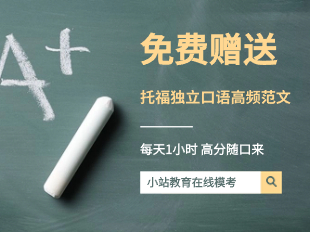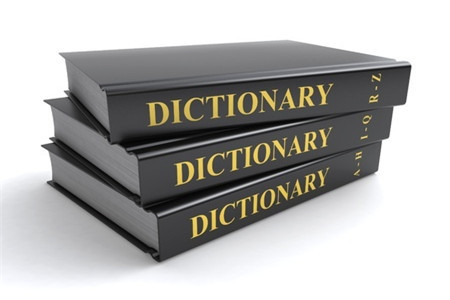托福听力课外资料练习:科学美国人60秒蝴蝶自我治疗相关内容分享
- 2017年07月06日17:21 来源:小站整理
- 参与(0) 阅读(3335)
在托福听力考试的备考过程中,科学美国人60秒相信大家一定用得比较多,那么大家平时是如何利用这个课外资料的呢?这里小编整理了科学美国人60秒:蝴蝶自我治疗相关的内容分享,大家一起来学习一下吧。
科学美国人60秒听力练习:蝴蝶自我治疗
人类的许多药材资源都来自于植物,而根据种种事例显示,人类并非植物药材的唯一受益物种,许多动物也会寻找特定的植物来治疗自身伤病。
Infected monarch butterflies will lay their eggs on plants that contain a chemical that can protect the butterflies' offspring. Cynthia Graber reports
Many of our medicines originate in plants. But we’re not the only ones who tap into nature. There’s increasing evidence that some animals seek out specific plants for their medicinal qualities. A new study shows that monarch butterflies may be among them.
Monarch butterflies—famous for their U.S.–Mexico migration—feed on dozens of species of milkweed. Some milkweeds have a higher concentration of chemicals called cardenolides, which make the butterflies toxic to predators. Research had focused on whether the monarch’s chose different milkweeds to hurt their enemies.
But Emory University’s Jaap de Roode wondered if the choice might be related to a parasite that’s passed from mother to offspring, with fatal results: “What we do find is that the monarchs prefer to lay their eggs on the medicinal species when they are infected. However, when they are not infected with the parasite, they do not prefer this species over this one, they lay their eggs equally between these two species.
So somehow they know that they’re infected and they know what to do about it.” The research was published in the journal Ecology Letters. [Thierry Lefèvre et al., "Evidence for trans-generational medication in nature"]
Co-author Mark Hunter notes that watching animal choices could offer clues about what plants might contain potential medicines for us.
科学美国人60秒中文翻译:
1. monarch n.君王斑点蝶
2. tap into 深入了解
3. milkweed n. [植]马利筋, 乳草属植物
4. cardenolide n. 强心甾
5. parasite n.寄生生物;寄生虫
以上就是小编为大家整理的科学美国人60秒:蝴蝶自我治疗的文本以及翻译,大家练习的时候还可以找来音频资料一起练习,效果定会更好。最后,小编预祝大家托福考试能取得理想的成绩。
本文部分内容来源于互联网,如有疑问请联系小站管理员进行删除。




































